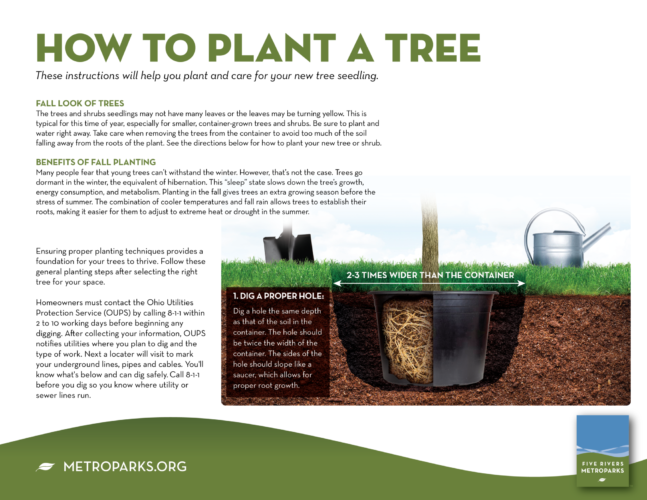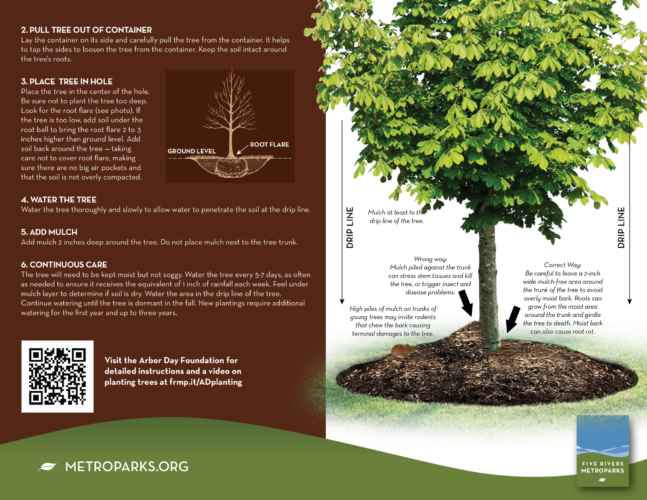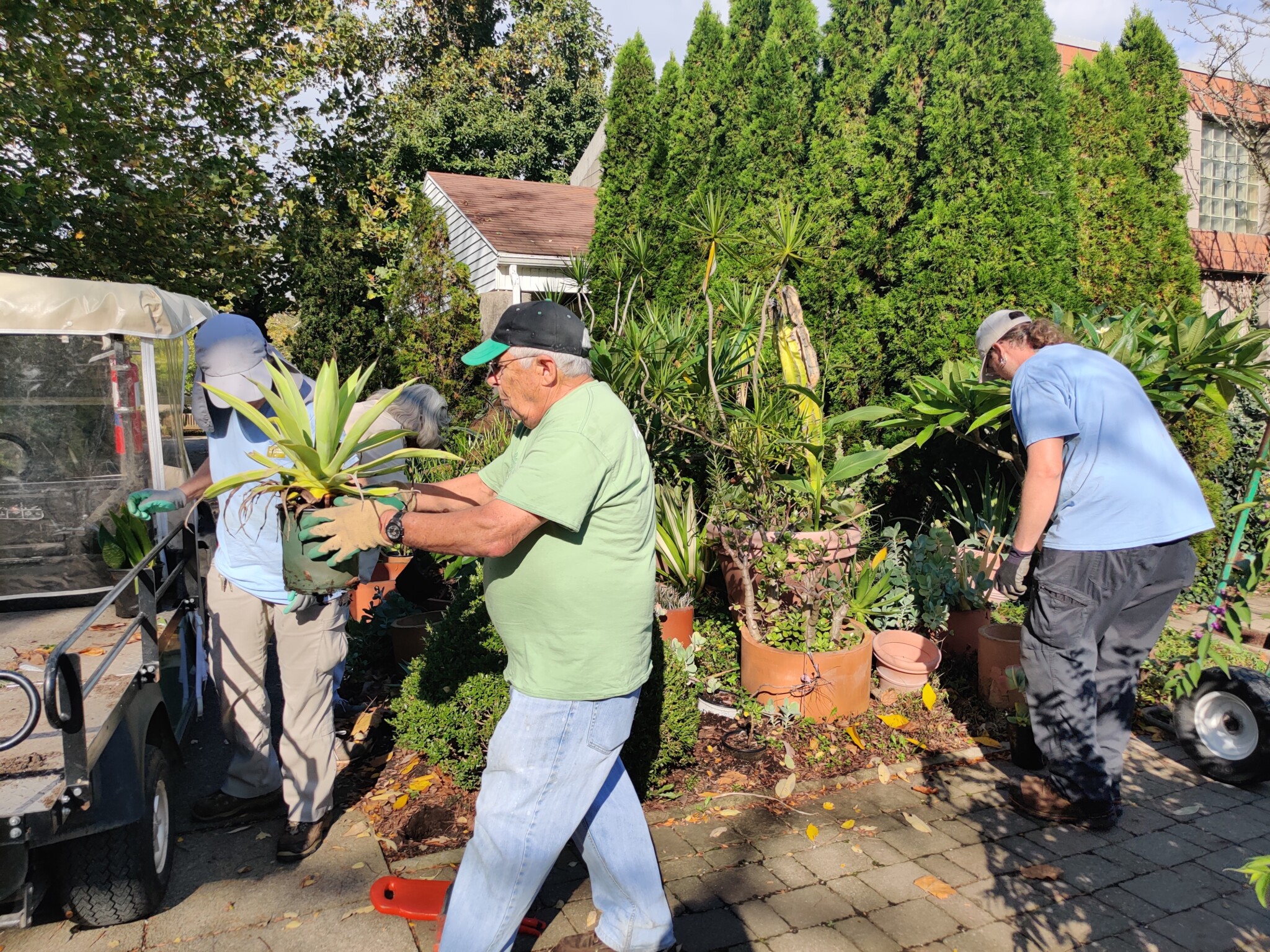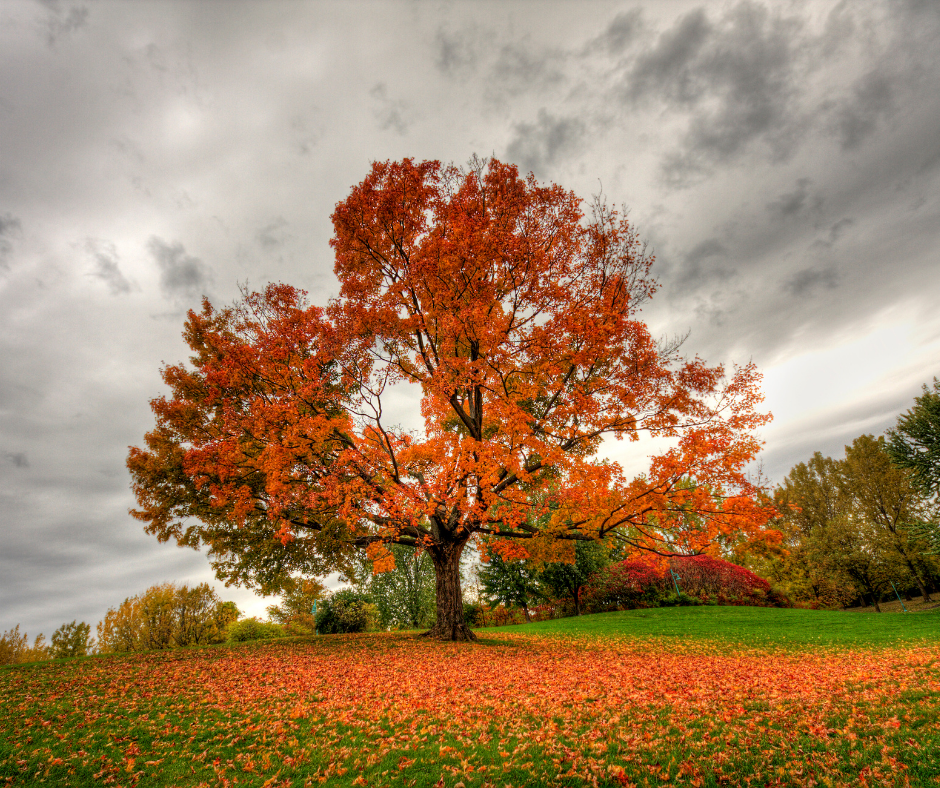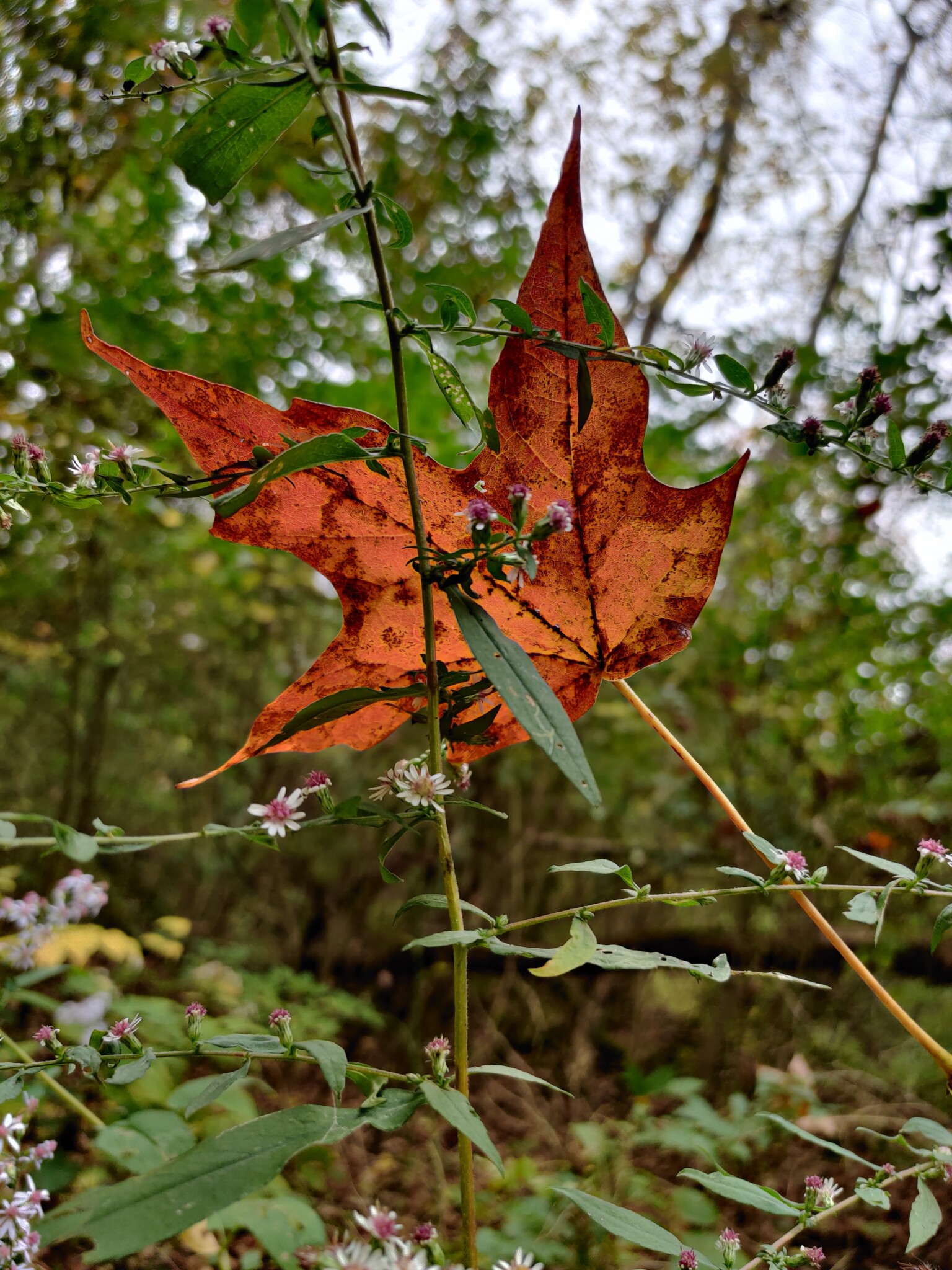Updated August 21st, 2023
How to add native plants to your yard this fall
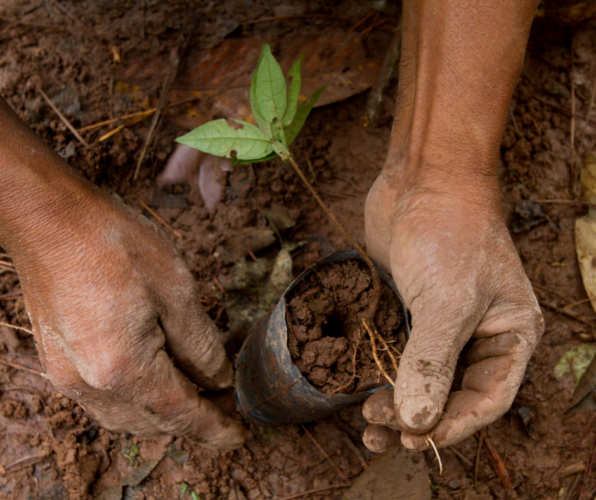
Don’t put away your gardening tools as the weather begins to cool: Native trees and shrubs thrive when planted in the fall since they’ve adapted to our climate. Many of the trees’ natural changes, such as losing their leaves in autumn, ensure they enter dormancy before the coldest weather arrives and stay dormant until spring.
Additionally, fall planting can lead to excellent root growth because soil is still warm, and trees are no longer using energy on leaf, flower and seed production. Weeds and weather won’t be as much of a challenge, either.
Why: Native plants are adapted to the environment in which they grow, making them perfect food and shelter for local wildlife. Many native plants also are important to pollinators — animals and insects that cause plants to create fruit or seed — which is critical for both animals and people. Additionally, native plants help clean and filter water and air.
From a landscaping perspective, native plants are a beautiful addition to your greenspace and can save you time and money.
“Native plants aren’t care-free, but once they are acclimated and get through the first few years, they require minimal care,” said Meredith Cobb, MetroParks conservation supervisor.
What: Native trees, shrubs and perennial flowers are great options for fall planting. However, hold off until next spring or summer to plant native grasses, when they’ll be more successful.
Native trees with beautiful fall color include:
- Serviceberry (Amelanchier)
- Bluestars (Amsonia)
- American alumroot (Heuchera Americana)
- Bugbane or Cohosh (Cimicifuga)
- Senna
Other attractive native trees and shrubs include pawpaw, buckeye, eastern red bud and oaks.
When: Plant as late as the first week of November, as it’s best to have native plants in the ground no later than six weeks before killing frost is likely in mid-December.
Planting your natives
Click to enlarge and download PDFs
Before you plant: Make sure trees are protected against drying and damage while handling them. Find an area of your yard with good water drainage – meaning it isn’t’ muddy or covered with puddling water after an average rainfall. Next, clear the planting area of weeds and other debris. Dig a hole twice the depth of the soil in the container and twice as wide. Retain the soil from the hole to secure the tree once it’s planted.
Planting your tree: When placing the tree in the planting hole, be sure its best side is facing the direction where it will be viewed the most. Fill the hole with soil 1.3 up the sides of the root ball. Pack the soil firmly, assuring there are no air pockets. Repeat this process until the hole is filled. Once planed, your tree should be even with the ground with no roots exposed, as if it was growing in a field. Water deeply and evenly.
After you plant: If soil has settled, add additional soil to level your tree. Be sure to dispose of rocks and clay. Use a spade or edger to create a circular ring surrounding your tree that is two inches deep. Add mulch to this area, surrounding the tree’s root ball, but be mindful not to mount the mulch against the truck of a tree. Remove weeds from this area before mulching if you are planting your tree in a new area of your yard.
Newly planted trees will require additional water for up to three years and should receive the equivalent of one inch of rainfall per week. Keep tabs on the weather and make sure you provide additional watering if needed.
Find Native Plants at the 2nd Street Market
Visit the 2nd Street Market for its annual fall native plant sale on Sunday, Oct. 1, from 11 a.m. to 3 p.m. Local nurseries will be selling a huge selection of flowering perennials, grasses, trees and shrubs. Trees and shrubs will be a gallon size. Learn more.


